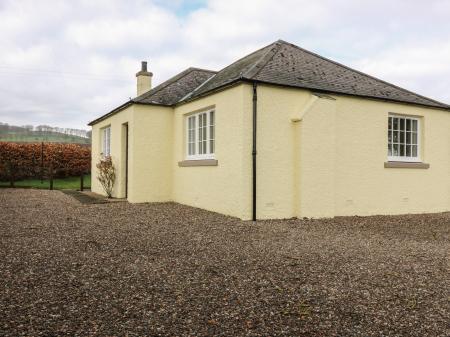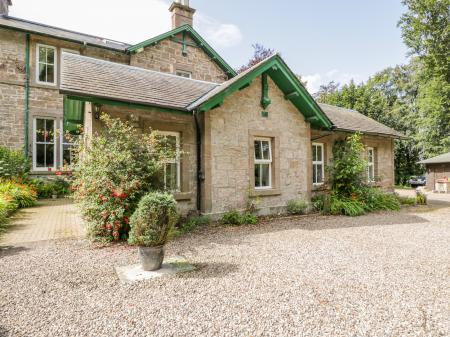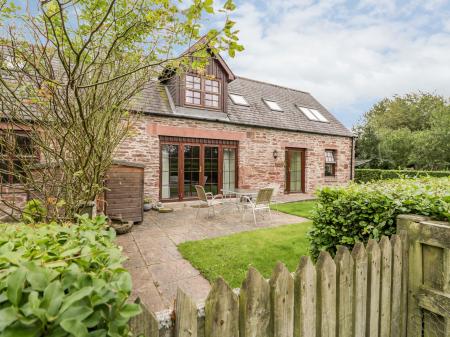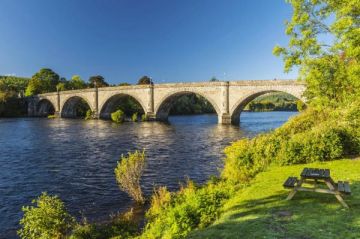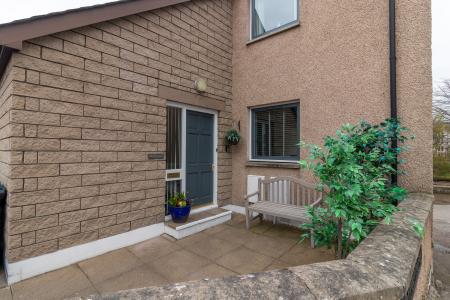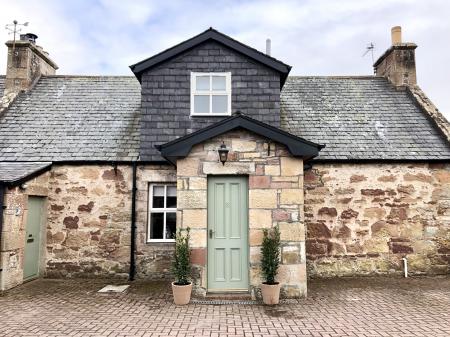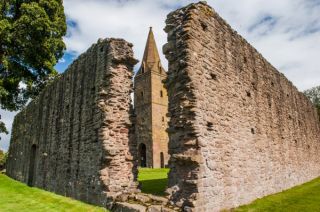
The lower section of the medieval priory church tower we see today may be a part of Boniface's 8th-century church; if so, it would be an extraordinary survival. There is some question as to whether the base is that old, however; some opinions put it in the 11th century, which would still make it one of the earliest stone buildings in Scotland.
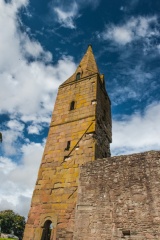
The tower rises 14 metres (about 45 feet), not including a slender 15th-century broach spire. It is hard to miss the similarity between this tower and St Rule's Tower at St Andrew's Cathedral, built at the same time, which suggests they may have been built by the same team of masons. The lower section includes a doorway which looks like a porch entrance, suggesting that the medieval masons built the new tower atop the earlier Pictish church porch.
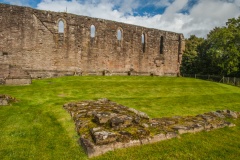
The priory lost its importance in the late medieval period, and by 1500 there were only 2 canons. Like all monastic houses in Scotland, Restenneth was dissolved at the Reformation, and the monastic buildings passed through a number of private owners. One of the owners, George Dempster of Dunnichen, turned the old monastic choir into a family burial place. The priory church ceased to be used by the parishioners, as the priory's former chapel in Forfar itself became the parish church. The final appearance of the priory in the pages of history comes in 1745 when the monastic buildings were damaged by soldiers during the Jacobite Rebellion. After that, it was used to hold cattle before finally passing into state care.
Aside from the impressive tower already mentioned, and the choir, where you can see the presumed site of Prince John's burial, there are several interesting grave slabs, and the choir rises to an impressive height. Though roofless, it has very nicely carved window openings. Historic Scotland calls this a good example of 13th-century architecture and I'd have to agree.
Visiting
There is a parking area outside Angus Archives (a genealogical service for the Angus area). Restenneth is interesting as much for its historic associations with King Robert, and its ancient Pictish foundations, as for the interesting remains of the monastic buildings. I quite enjoyed poking around the ruins, though I could have wished for a bit more in the way of information plaques to describe the site a bit better. The priory ruins stand in the middle of a field, which can be muddy in wet weather, so good footwear is advisable.
Update: When I visited, the priory was in the hands of Historic Scotland, but it seems to have disappeared from their website. There doesn't seem to be any mention of a transfer of guardianship that I can find, but as far as I can determine the site is still open and accessible at any reasonable time. If anyone has any updated information on this, please let me know!
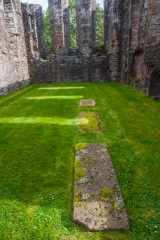
site of Prince John's grave
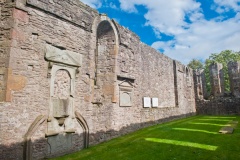
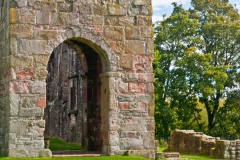







 We've 'tagged' this attraction information to help you find related historic attractions and learn more about major time periods mentioned.
We've 'tagged' this attraction information to help you find related historic attractions and learn more about major time periods mentioned.